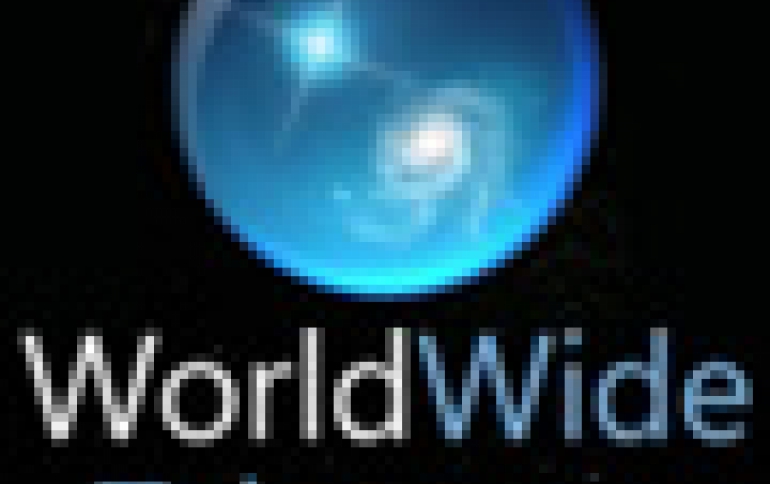
WorldWide Telescope Brings Space Exploration to Earth
A service free of charge from Microsoft lets students and lifelong learners tour the night sky using high-resolution images from the world?s best land- and space-based telescopes.
Microsoft officially launched the public beta of its WorldWide Telescope, which is now available at http://www.worldwidetelescope.org.
WorldWide Telescope is a Web application that brings together imagery from the best ground- and space-based observatories across the world to allow people to easily explore the night sky through their computers.
"The WorldWide Telescope is a powerful tool for science and education that makes it possible for everyone to explore the universe," said Bill Gates, chairman of Microsoft. "By combining terabytes of incredible imagery and data with easy-to-use software for viewing and moving through all that information, the WorldWide Telescope opens the door to new ways to see and experience the wonders of space. Our hope is that it will inspire young people to explore astronomy and science, and help researchers in their quest to better understand the universe."
The application itself is a blend of software and Web 2.0 services created with the Microsoft Visual Experience Engine. WorldWide Telescope stitches together terabytes of high-resolution images of celestial bodies and displays them in a way that relates to their actual position in the sky. People can freely browse through the solar system, galaxy and beyond, or take advantage of a growing number of guided tours of the sky hosted by astronomers and educators at major universities and planetariums.
The service goes well beyond the simple browsing of images. Users can choose which telescope they want to look through, including the Hubble Space Telescope, the Chandra X-Ray Observatory Center, the Spitzer Space Telescope or others. They can view the locations of planets in the night sky ? in the past, present or future. They can view the universe through different wavelengths of light to reveal hidden structures in other parts of the galaxy. Taken as a whole, the application provides a top-to-bottom view of the science of astronomy.
WorldWide Telescope is a Web application that brings together imagery from the best ground- and space-based observatories across the world to allow people to easily explore the night sky through their computers.
"The WorldWide Telescope is a powerful tool for science and education that makes it possible for everyone to explore the universe," said Bill Gates, chairman of Microsoft. "By combining terabytes of incredible imagery and data with easy-to-use software for viewing and moving through all that information, the WorldWide Telescope opens the door to new ways to see and experience the wonders of space. Our hope is that it will inspire young people to explore astronomy and science, and help researchers in their quest to better understand the universe."
The application itself is a blend of software and Web 2.0 services created with the Microsoft Visual Experience Engine. WorldWide Telescope stitches together terabytes of high-resolution images of celestial bodies and displays them in a way that relates to their actual position in the sky. People can freely browse through the solar system, galaxy and beyond, or take advantage of a growing number of guided tours of the sky hosted by astronomers and educators at major universities and planetariums.
The service goes well beyond the simple browsing of images. Users can choose which telescope they want to look through, including the Hubble Space Telescope, the Chandra X-Ray Observatory Center, the Spitzer Space Telescope or others. They can view the locations of planets in the night sky ? in the past, present or future. They can view the universe through different wavelengths of light to reveal hidden structures in other parts of the galaxy. Taken as a whole, the application provides a top-to-bottom view of the science of astronomy.





















